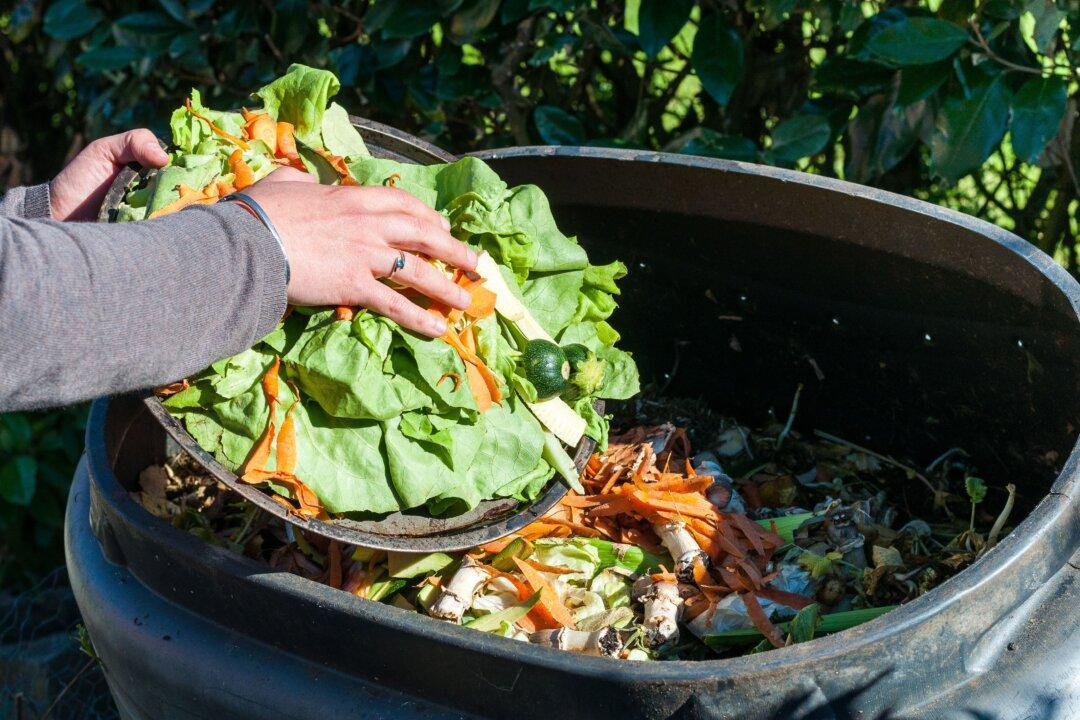Emotions play an oversized role in our shopping decisions, according to a new study.
This is what makes most people skip the bananas with brown spots in favor of perfectly yellow ones.

Emotions play an oversized role in our shopping decisions, according to a new study.
This is what makes most people skip the bananas with brown spots in favor of perfectly yellow ones.